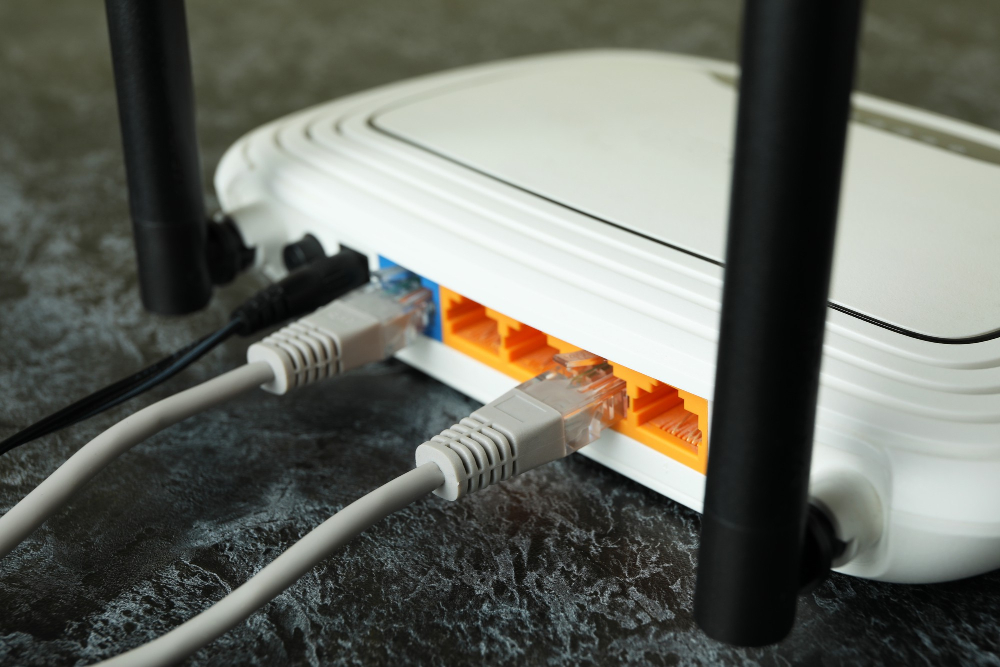In today’s hyper-connected world, a reliable Wi-Fi router is as essential as electricity. Whether you work from home, stream movies, or game online, the quality of your internet connection depends significantly on the router you choose. But with the countless options available, how do you decide which router best suits your home? This guide breaks down the critical factors to consider when comparing Wi-Fi routers to help you make an informed decision.
1. Understand Your Internet Speed Needs
The first step in choosing a Wi-Fi router is understanding your internet speed requirements. Internet Service Providers (ISPs) often advertise speeds, but your router needs to support those speeds for optimal performance.
- For basic usage (email, browsing): A router supporting speeds up to 100 Mbps is sufficient.
- For moderate usage (HD streaming, video calls): Opt for a router that handles speeds between 200–500 Mbps.
- For heavy usage (4K streaming, gaming, smart home devices): Routers supporting speeds of 1 Gbps or more are ideal.
Always check the router’s specifications for speed compatibility to ensure it matches your internet plan.
2. Single-Band vs. Dual-Band vs. Tri-Band Routers
Wi-Fi routers operate on two primary frequency bands: 2.4 GHz and 5 GHz.
- Single-Band Routers: Operate only on the 2.4 GHz band. These are budget-friendly but may face interference in crowded areas.
- Dual-Band Routers: Support both 2.4 GHz and 5 GHz bands, providing better flexibility and reduced interference. Ideal for most homes.
- Tri-Band Routers: Add an extra 5 GHz band, making them perfect for homes with multiple high-bandwidth devices.
3. Wi-Fi Standards: What Do They Mean?
Routers come with different Wi-Fi standards, such as Wi-Fi 4 (802.11n), Wi-Fi 5 (802.11ac), and Wi-Fi 6 (802.11ax).
- Wi-Fi 4: Basic performance, supports speeds up to 600 Mbps.
- Wi-Fi 5: Better speed and reliability, suitable for HD streaming and gaming.
- Wi-Fi 6: The latest standard offering faster speeds, improved efficiency, and better performance in device-dense environments.
If you want future-proofing, consider a Wi-Fi 6 router.
4. Range and Coverage
The size and layout of your home significantly influence the router you need.
- Small Apartments: A standard router with a range of up to 1,500 square feet is adequate.
- Medium to Large Homes: Opt for routers with a range of 2,000 square feet or more.
- Multi-Story Homes: Mesh Wi-Fi systems or routers with beamforming technology ensure better coverage across multiple floors.
5. Features to Look For
Modern Wi-Fi routers come with a host of features that enhance performance and usability.
- Beamforming: Focuses the Wi-Fi signal directly toward connected devices, improving speed and reliability.
- MU-MIMO (Multi-User, Multiple-Input, Multiple-Output): Allows simultaneous connections for multiple devices without slowing down.
- Parental Controls: Essential for families, these controls let you manage screen time and restrict specific content.
- Guest Networks: Provide a separate network for visitors, enhancing security.
- QoS (Quality of Service): Prioritizes bandwidth for critical activities like gaming or video conferencing.
6. Security Features
Cybersecurity is paramount in today’s connected homes. Ensure the router supports WPA3 encryption, the latest Wi-Fi security protocol. Additionally, routers with built-in firewalls and automatic firmware updates provide an extra layer of protection.
7. Design and Portability
While performance is crucial, aesthetics and size matter if you have limited space. Compact routers with a sleek design can blend seamlessly into your home decor.
8. Budget Considerations
Wi-Fi routers range in price from $50 to $500 or more.
- Budget Routers ($50–$100): Suitable for light usage.
- Mid-Range Routers ($100–$200): Best for average homes with moderate internet usage.
- High-End Routers ($200+): Ideal for tech enthusiasts and heavy users.
9. Popular Router Brands
Some trusted brands include:
- TP-Link: Known for affordable, feature-packed routers.
- Netgear: Offers a mix of budget and high-end options.
- ASUS: Specializes in gaming routers.
- Linksys: Reliable for home and small office use.
- Google Nest Wi-Fi: Excellent for mesh systems.
10. Mesh Wi-Fi Systems vs. Traditional Routers
If your home has Wi-Fi dead zones, consider a mesh Wi-Fi system. Unlike traditional routers, mesh systems use multiple nodes to create a seamless network. This eliminates coverage issues and ensures consistent connectivity throughout your home.
11. Smart Home Compatibility
For homes equipped with smart devices like lights, thermostats, and security cameras, choose a router with robust IoT (Internet of Things) support. Some routers are designed to handle the demands of a smart home efficiently.
12. Reviews and Recommendations
Before purchasing, read customer reviews and expert recommendations. Websites like CNET, PCMag, and TechRadar provide in-depth reviews and comparisons of routers.
Conclusion
Choosing the best Wi-Fi router for your home involves evaluating your internet needs, home size, device usage, and budget. By considering factors like speed compatibility, range, features, and security, you can invest in a router that delivers reliable and high-speed connectivity for years to come.







